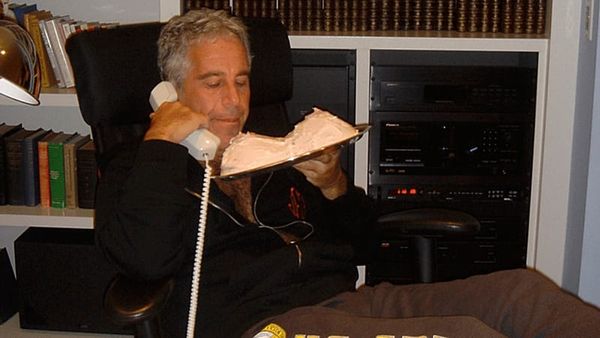
The Zoom meeting window opens, immediately revealing scores of smiling or anxious faces. Some people have quirky backgrounds; some are in the same room as friends and family, who appear occasionally on camera. The South African and Swedish students are running out of ambient light, since it’s just gone 5pm in their time zones. Their counterparts in Canada, meanwhile, are illuminated by the bright sun. Excited messages flood the chat box.
This is a Global Classroom for Democracy Innovation meeting. The initiative was launched in 2020 as the COVID pandemic brought face-to-face learning to a grinding halt all over the world. We were teaching both undergraduate and postgraduate courses on democratic participation and global development at Stellenbosch University (South Africa), the University of Toronto, Scarborough (Canada) and University West (Sweden). Our students told us that they felt isolated. They missed daily interactions with their peers and the other formative interactions that make for a rich, fulfilling university life.
We tried to nimbly adapt to recorded or real time lectures, while trying to facilitate and encourage student participation. But we and the students felt that something more was needed. So we created the Global Classroom for Democracy Innovation. The idea was to bring students together to learn and interact around a shared set of issues.
In a recent academic paper we reflected on the experience.
This model wasn’t just useful during a global pandemic. Given that many institutions have retained an online component, and that students from three countries who cannot easily meet in person are involved, we are still using the Global Classroom for Democracy Innovation.
Historically, universities have focused on what information is transmitted to students within the traditional lecture hall. Our work with the Global Classroom highlights the importance of positioning students as collaborators and co-creators of knowledge rather than just receiving what they are told.
Design thinking and wicked problems
The Global Classroom is a collaboration between our three institutions and the Vancouver Design Nerds, an organisation that creates spaces for designers and social entrepreneurs to work together.
We use a design thinking framework. Design thinking is a process moving from forming an idea to delivering a project. Along the way, what’s been learnt is fed back to inform the next step. Rather than an academic instructor controlling the learning process, students are co-designers and facilitators.
At the start of the design process, students draw on their experiences and ways of thinking, existing and acting. They are not silenced. That’s a far cry from what usually happens in higher education across the world.
And, by bringing staff and students from three distinct institutions into conversation and collaboration, we’ve highlighted how different contexts and cultures contribute to learning. That’s useful in a world facing borderless “wicked problems” – from threats to democracy to climate change and global poverty.
Students as facilitators and co-creators
Before the first five-week project started we asked participants for their input. They emphasised that the learning space should be non-hierarchical.
So, rather than having academics lead the programme, fellow students with experience in design facilitation did so. Our role as academics and practitioners was largely supervisory. We assisted largely with troubleshooting and helped student facilitators when needed.
Read more: "Design thinking" can prepare graduates for the real working world
Students were first placed into groups of between eight and ten to map their own contexts and experiences, which created a collective foundation for co-designing a project. For example one project, titled “Going Blue”, was developed to highlight water use on university campuses. When presenting on this project, students pointed out the similarities and differences between water use and water access across the different institutions. They made the case for rainwater storage tanks as a solution for all the contexts.
Student feedback
It was clear from students’ feedback that this kind of learning space boosts engagement, enthusiasm and learning.
One student in Canada said the Global Classroom was the first space in which she was able to “align academic experience and knowledge with practical skills relating to pressing social issues”, while also allowing her to “have conversations around feasibility in relation to structural issues”.
A South African student drew a clear distinction between what she had learned in the classroom and the ability she’d gained to “help people around you and help them develop capacity to address these [social issues] in a practical and unique way”.
The Global Classroom for Democracy Innovation continues to take on new cohorts and adjusting its own design based on feedback. Several other institutions have come on board. We’ve also introduced a number of new themes, such as global justice.
Matthew Wingfield received funding from the University of Toronto, Scarborough.
Bettina von Lieres receives funding from University of Toronto and University of Toronto Scarborough.
Laurence Piper does not work for, consult, own shares in or receive funding from any company or organisation that would benefit from this article, and has disclosed no relevant affiliations beyond their academic appointment.
This article was originally published on The Conversation. Read the original article.







